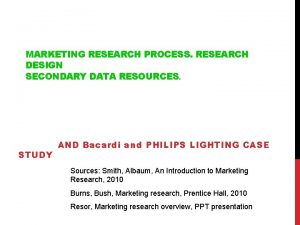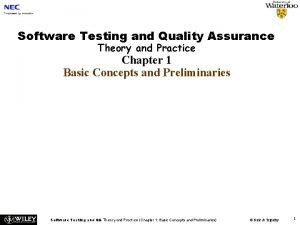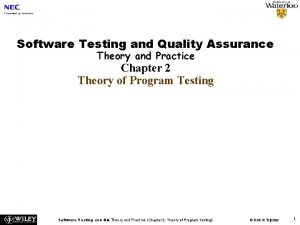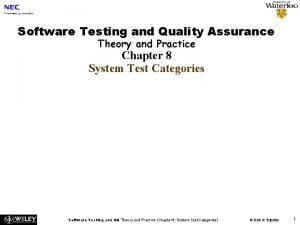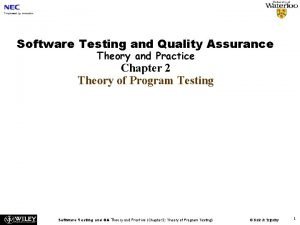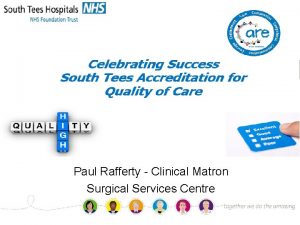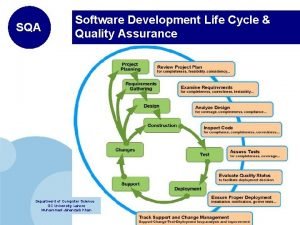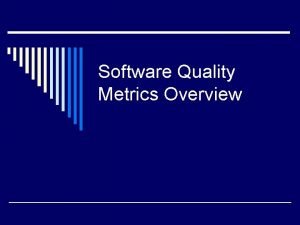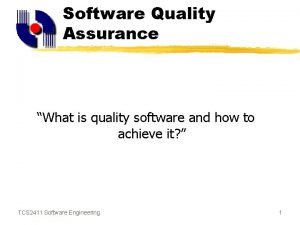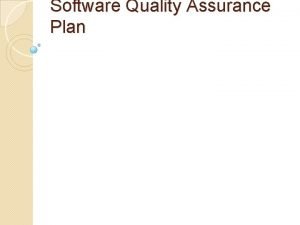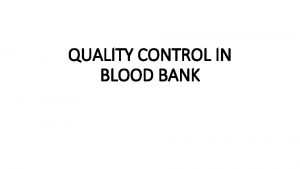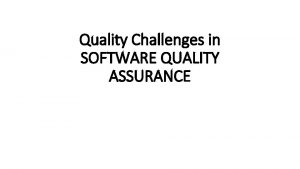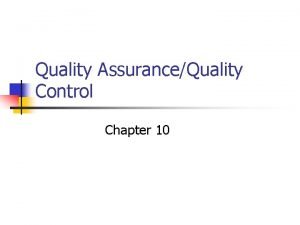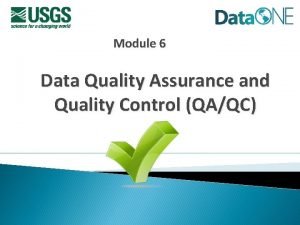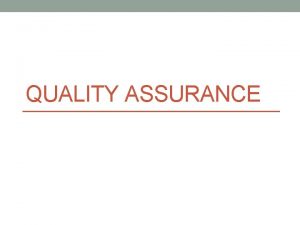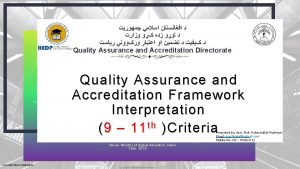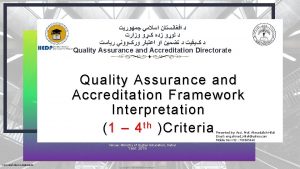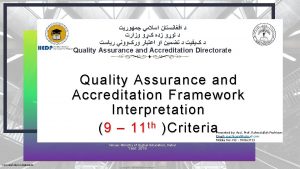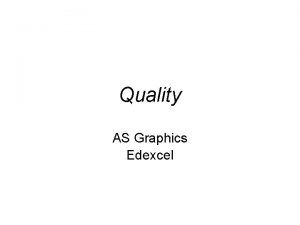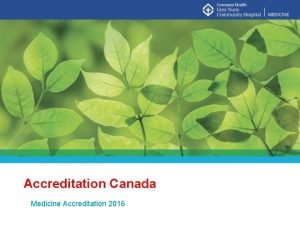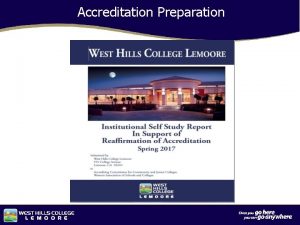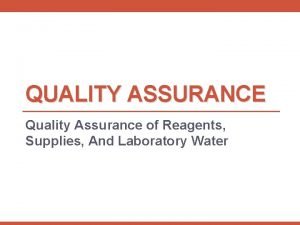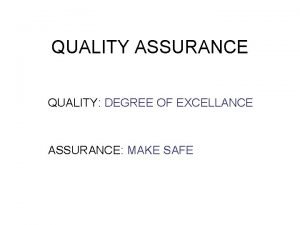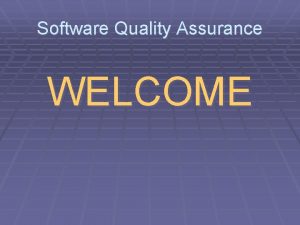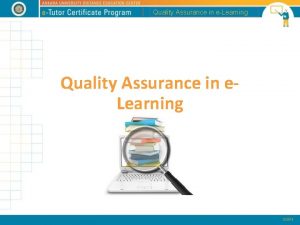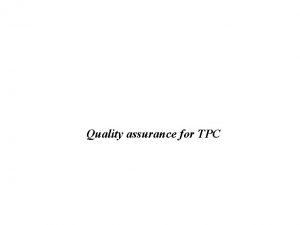Panel section 2 Quality Assurance and Accreditation in




























- Slides: 28

Panel section 2 Quality Assurance and Accreditation in Higher Education “Branding in Higher Education: Practices and Lessons Learned from Global Perspectives” Nha Trang City, August 10 -11, 2009 Evangelos A Afendras Centre for Learning & Quality AIT

QA and Branding in HE Is a link appropriate?

brand Reputation Name Image Psychological process

Branding: an element of automatic response to a visual or audio stimulus; as educationists we do not aim for automatic responses but for involvement of our stakeholders and comprehension of contents, not knee-jerk ‘buying of product’ People engaged in branding seek to develop or align the expectations behind the brand experience, creating the impression that a brand associated with a product or service has certain qualities or characteristics that make it special or unique ◦ from Wikipedia

Rank 1 2 3 4 5 6 7 8 9 10 NBIa Germany United Kindom Canada France Australia Italy Switzerland Japan Sweden United States a b East Westb Singapore Hong Kong Malaysia Taiwan Australia United Arab Emirates Qatar Monaco Canada United Kingdom NBI Index (Q 4, 2007). Source: Anholt Nation Brands Index™ © 2005 -2008 Simon Anholt. East West Index: Source: East West Global Index 200 © 2008 East West Communications


An example: MBAs

“Management education is growing rapidly in many regions of the world and has become highly commodified and commercialized, with Western universities competing in emerging markets for potentially lucrative local opportunities and foreign students or ‘consumers’. ” (Sturdy & Gabriel 2000)

They may be promoted to and by government agencies (e. g. the British Council) as tools for economic and political ‘development’ and, within the curriculum, the promise may be to solve organizational problems in a rational/superior way. However, in attracting students, for instance through advertising and presentations in educational fairs, a different sales pitch is adopted: ‘ ‘Smelly breath? Try Colgate mouthwash’. Problems with your career? Get an MBA’. (Sturdy & Gabriel 2000)

Deconstructing the Theme

What do we mean by: • Cross border education • Quality Assessment and Accreditation • Branding in its relation to the above

types of cross-border education regional, as in our case, vs ‘imported’

types of cross-border education “regional” though specific conditions on the ground may differ, distance from ‘cross-border’ programmes is less, there is more compatibility , cultural closeness, mutual interests etc

types of cross-border education ‘imported’ • • imported programmes (franchises) imported brands (name and perhaps more) imported approaches (an almost universal practice) imported materials (eg textbooks or case studies) imported teaching staff imported Medium of Instruction Branding & educational hegemony

Quality: ‘The totality of features and characteristics of a product or service that bear on its ability to satisfy stated or implied needs’ (ISO 8402: 1994, later subsumed under ISO 9000). In higher education, quality is an inherently debated term, and different understandings exist, summarised by Harvey & Green (1993) as: • Quality as exceptional (‘excellence’) • Quality as perfection of consistency (‘zero errors’) • Quality as fitness for purpose (mission-based ‘do what you promise’, or ‘delight customers’) • Quality as value for money • Quality as transformation

Quality Assessment and Accreditation aspects of QA: ethical, ideological, professional social, economic and strictly internal; macro/micro? imported criteria for QA and external standards are local needs and particularities taken into consideration? imported judges of QA (professional bodies, associations etc) EBIT, AACSP, Shanghai, FT Public, Private and PPP

QA of all components of University praxis: • Teaching/Learning • Research • Community Service • Governance. . . ‘Branding’ mostly on basis of research

Critique of HEIs • universities are meant to serve the communities around them, and address their needs – do they? • • • insensitivity of universities to the surrounding indigenous knowledge and practices, swept aside in favour of imported paradigms. Exclusive Research focus as opposed to Quality of Teaching / Learning Is the total cost of HE to the State (therefore citizens), consumers of private HE, and other stakeholders worth the actual benefits?

Do league tables accurately measure what they claim to measure? Or are they, as their critics claim, simplistic and damaging? Breaking Ranks, OECD Observer No 269 October 2008

“Exhortations to become world class have tucked universities into a Procrustean bed of indicators. Presidents anxiously cut back programmes, reorient their university’s mission. . . Deep excisions may be made into the social sciences and humanities to leave more room for the natural sciences and research” Breaking Ranks, OECD Observer No 269 October 2008

“the easiest way to boost rankings is to kill the Humanities” Breaking Ranks, OECD Observer No 269 October 2008

“. . . it depends on what is being measured: while neither Shanghai nor Times rate French universities that highly, in the FT 2007 European Business Schools rankings six of the top 10 are French. ” Breaking Ranks, OECD Observer No 269 October 2008

“Only 8% members of the Scientific Research Society agreed that "peer review works well as it is. " (Chubin and Hackett, 1990; p. 192). ‘A recent U. S. Supreme Court decision and an analysis of the peer review system substantiate complaints about this fundamental aspect of scientific research. ’ (Horrobin, 2001). Horrobin concludes that peer review "is a non-validated charade whose processes generate results little better than does chance. " (Horrobin, 2001). This has been statistically proven and reported by an increasing number of journal editors. ” From: Invitation to a Symposium on Peer Reviewing- International Conference on Knowledge Generation, Communication and Management, July 10 -13, 2009, in Orlando, Florida, USA

where are similar issues being addressed? EU, OECD, AHELO

catering to community needs: PRAM


guidelines for quality provision in cross-border higher education governments and other stakeholders including higher education institutions, student bodies, and organisations responsible for quality assurance, accreditation, and academic and professional recognition UNESCO, OECD guidelines 2005

Future directions for QA? From HE hegemony to regional autonomy with international cooperation Involvement of stakeholders and focus on community needs Bring Learning/teaching, community service and governance into QA
 Perform quality assurance
Perform quality assurance Basic concepts of quality
Basic concepts of quality Project quality management pmp
Project quality management pmp Pmbok quality management
Pmbok quality management Ana model of quality assurance
Ana model of quality assurance Quality improvement vs quality assurance
Quality improvement vs quality assurance Continuous panel vs discontinuous panel
Continuous panel vs discontinuous panel Zıt panel nedir
Zıt panel nedir Software testing and quality assurance theory and practice
Software testing and quality assurance theory and practice Software testing and quality assurance theory and practice
Software testing and quality assurance theory and practice Theory of goodenough and gerhart
Theory of goodenough and gerhart Software testing and quality assurance theory and practice
Software testing and quality assurance theory and practice Software testing and quality assurance theory and practice
Software testing and quality assurance theory and practice Ward accreditation for quality
Ward accreditation for quality Sqa tools and techniques
Sqa tools and techniques European standards and guidelines for quality assurance
European standards and guidelines for quality assurance Compartmentalization interdependency effort validation r
Compartmentalization interdependency effort validation r Sdlc quality assurance
Sdlc quality assurance Software quality metrics example
Software quality metrics example Iso 9001 software quality assurance
Iso 9001 software quality assurance Sqa plan
Sqa plan Quality control of blood bank
Quality control of blood bank Software quality assurance challenges
Software quality assurance challenges Purpose of quality control
Purpose of quality control Quotes on quality assurance
Quotes on quality assurance Contoh kasus quality assurance di rumah sakit
Contoh kasus quality assurance di rumah sakit Pharmacovigilance quality assurance
Pharmacovigilance quality assurance What is quality control definition
What is quality control definition Lqa standards
Lqa standards






